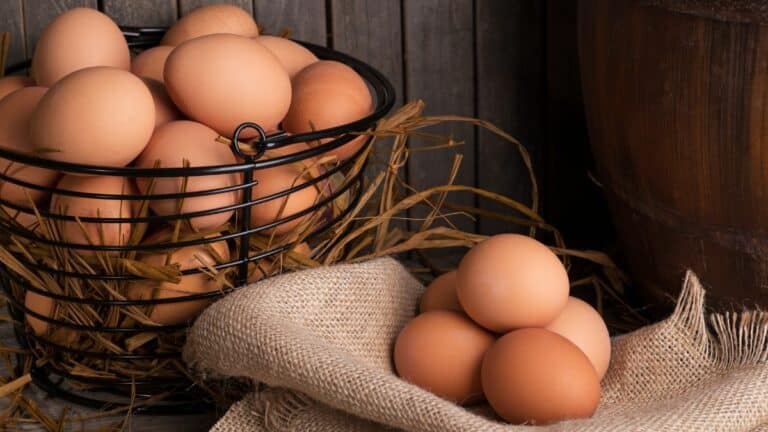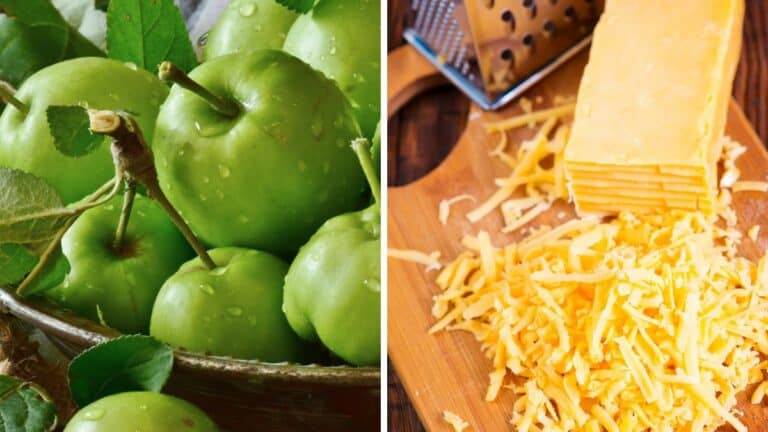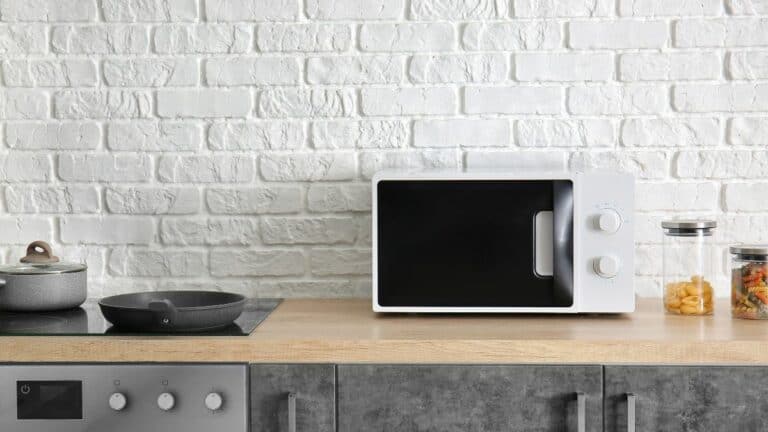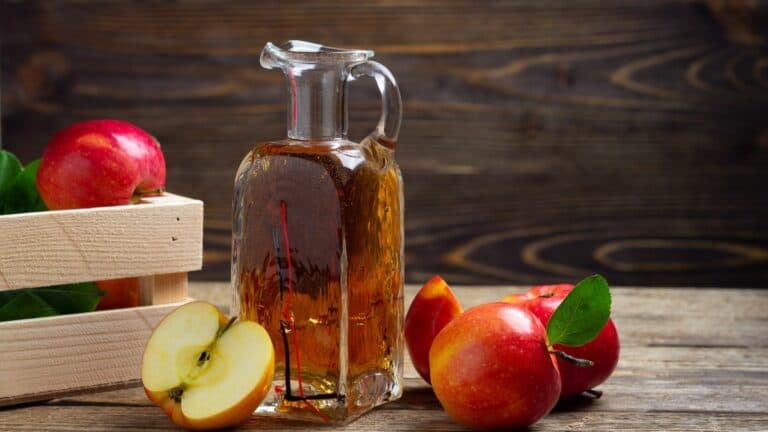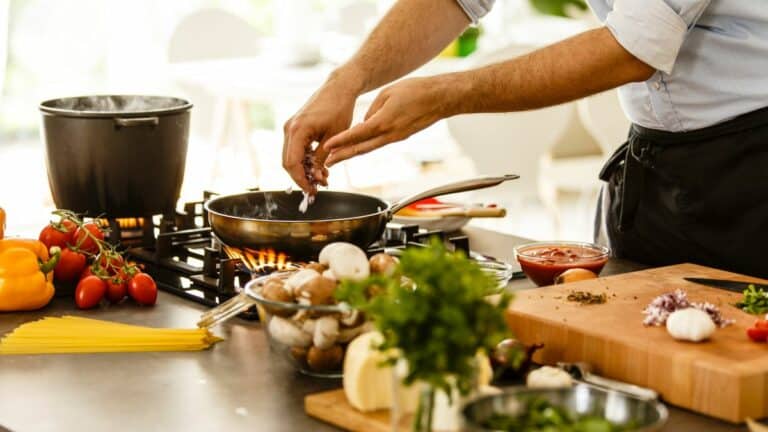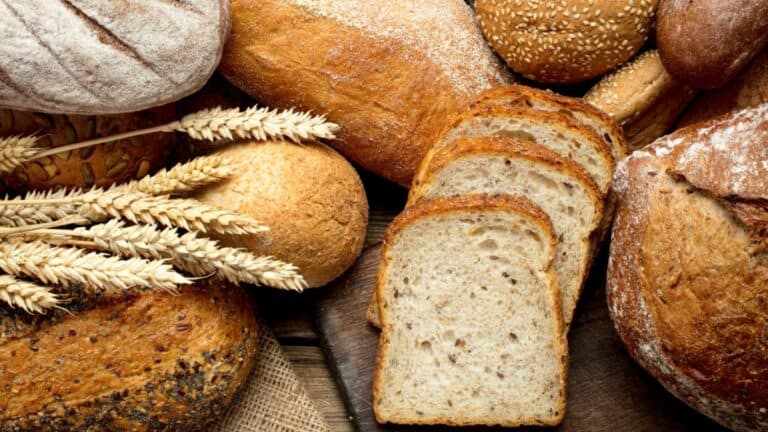14 Tips for Pairing Food and Wine Like a Pro
Unlock the secrets to perfect pairings with these 14 expert tips that will elevate your dining experience. From understanding the basics and matching regional cuisines to considering seasonal choices and cooking methods, these insights cover everything you need to know. These tips will help you pair food and wine like a pro, making every meal a memorable one.
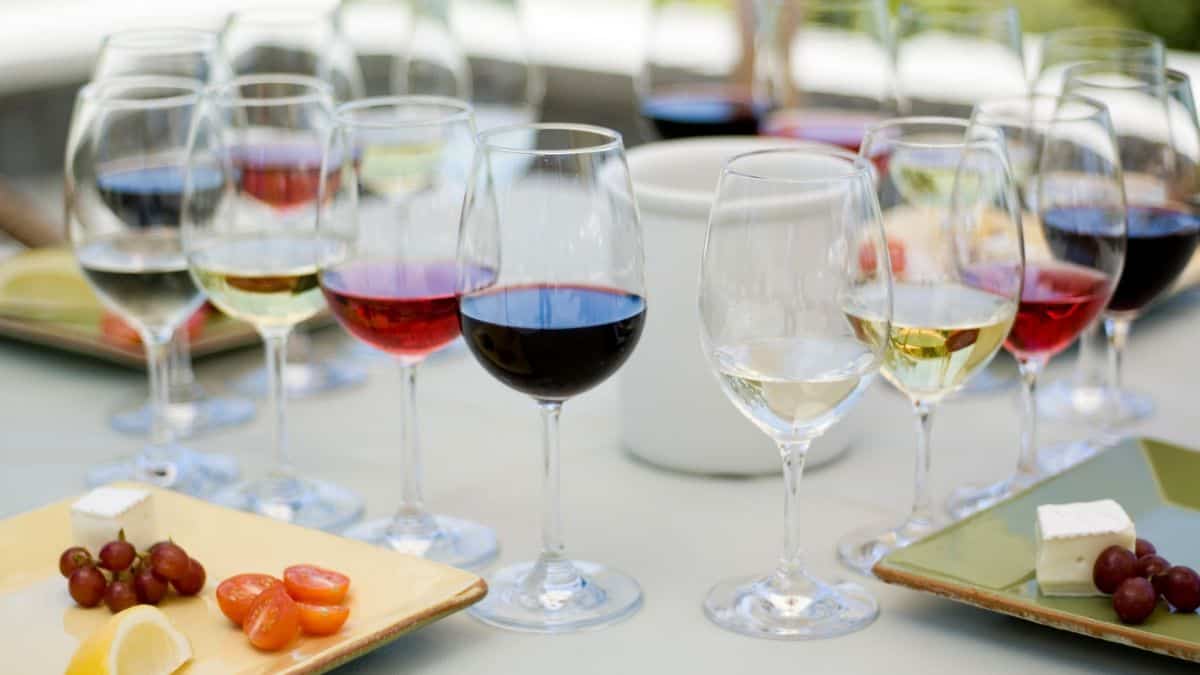
Understand the Basics of Pairing
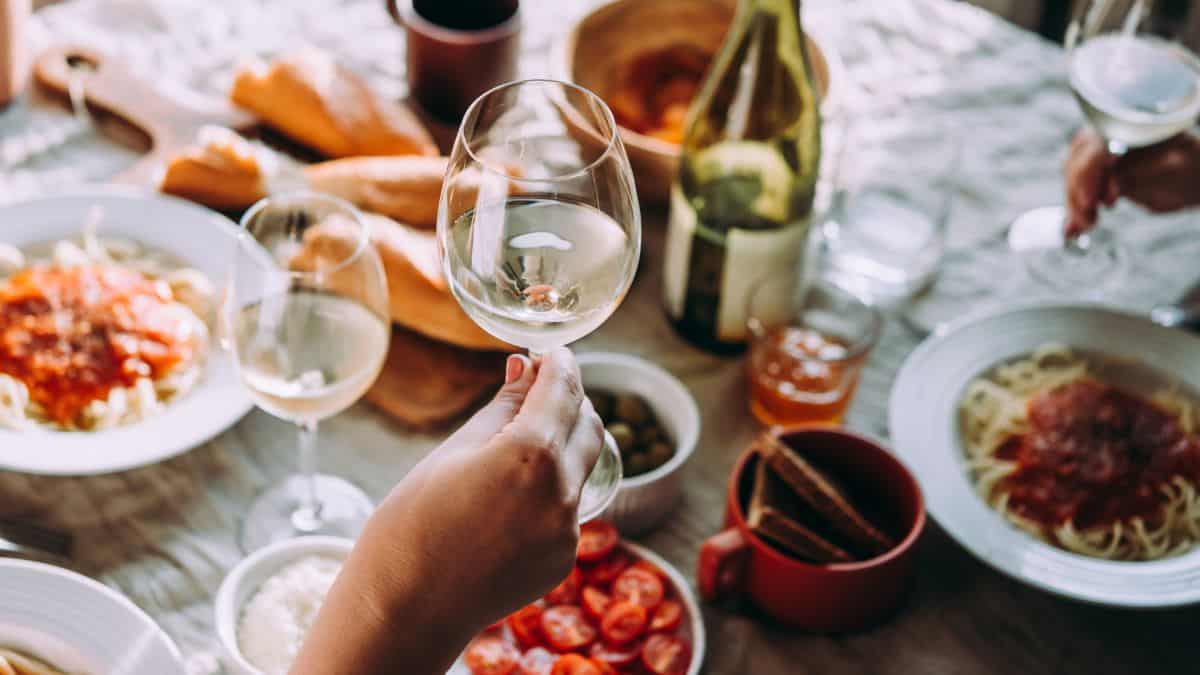
Start with the basic principle that the weight of the wine should match the weight of the food. Light wines pair best with light dishes, while heavier wines complement richer foods. For example, a delicate Pinot Grigio works well with seafood, while a robust Cabernet Sauvignon pairs beautifully with a hearty steak.
Consider the Flavor Profiles
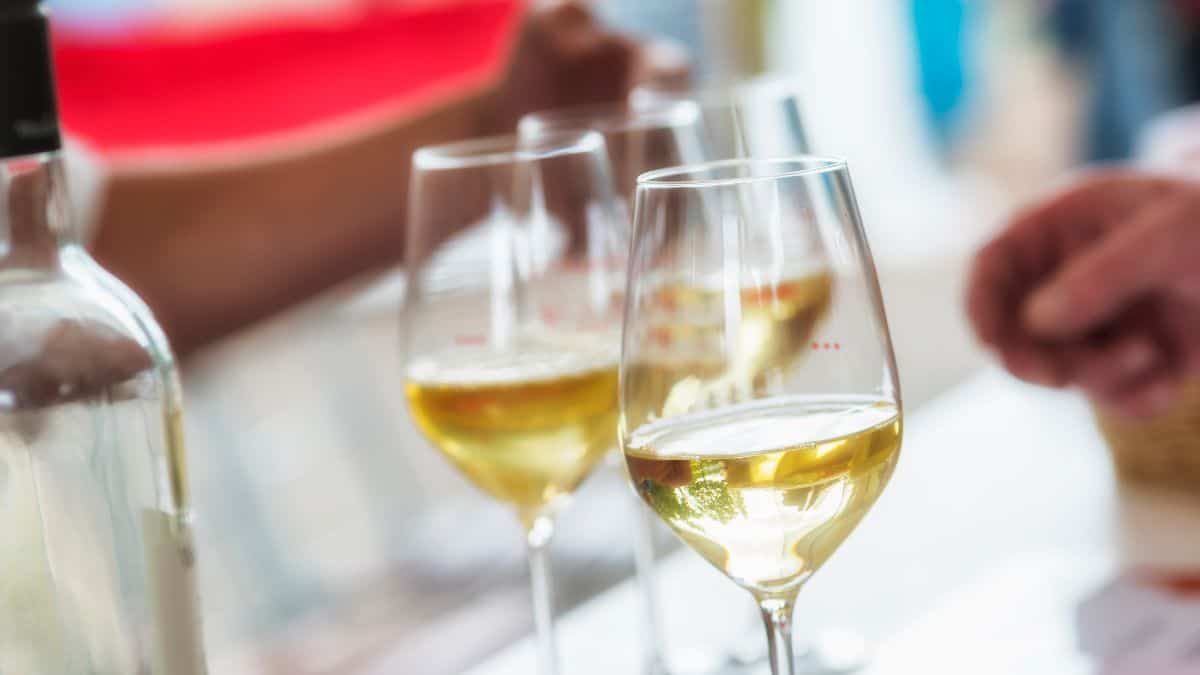
Identify the primary flavors in your dish—such as sweet, salty, sour, or umami—and choose a wine that either complements or contrasts these flavors. For instance, a slightly sweet Riesling can balance spicy dishes, while a salty cheese platter can be beautifully complemented by a crisp, acidic Sauvignon Blanc.
Match Wine and Food Regions
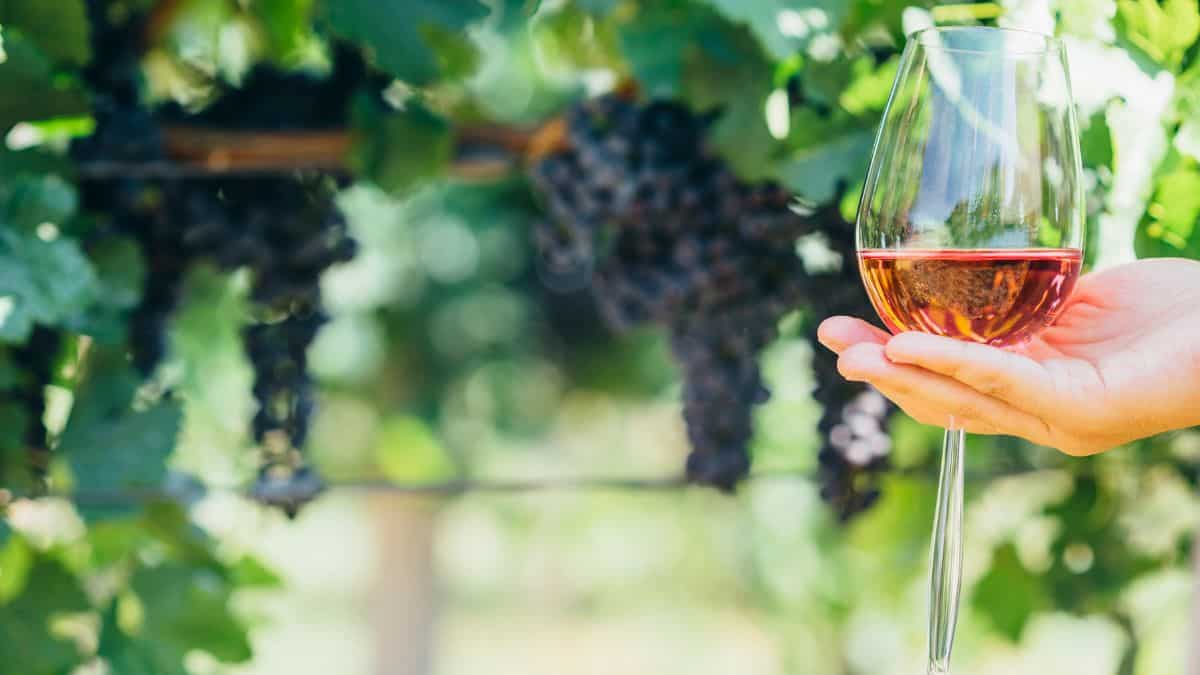
A simple and often effective method is to pair wines with foods from the same region. Regional pairings are tried and true, with local wines historically developed to match local cuisines. Think of Italian Chianti with pasta dishes or French Burgundy with coq au vin.
Consider the Sauce
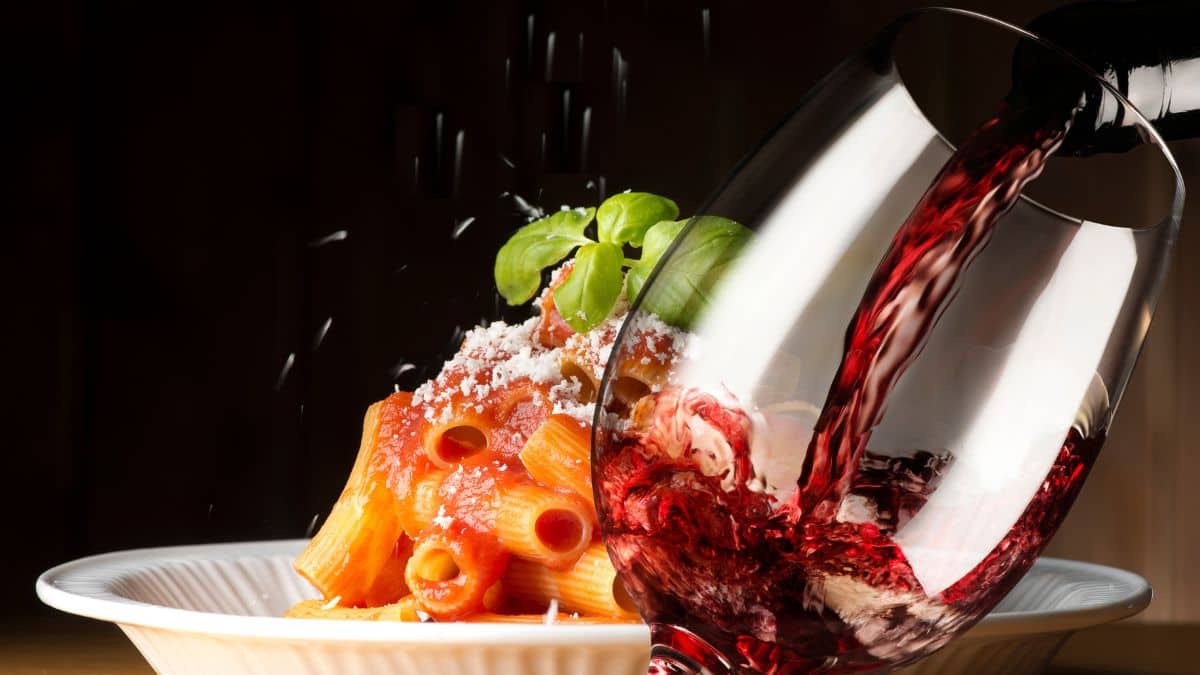
The sauce often dictates the best wine pairing, sometimes more than the main ingredient itself. For instance, a tomato-based pasta sauce, which is acidic, pairs well with a medium-bodied red wine like Sangiovese, which also has good acidity. Conversely, a creamy sauce might be best matched with a rich, oaky Chardonnay.
Balance Acidity and Tannins
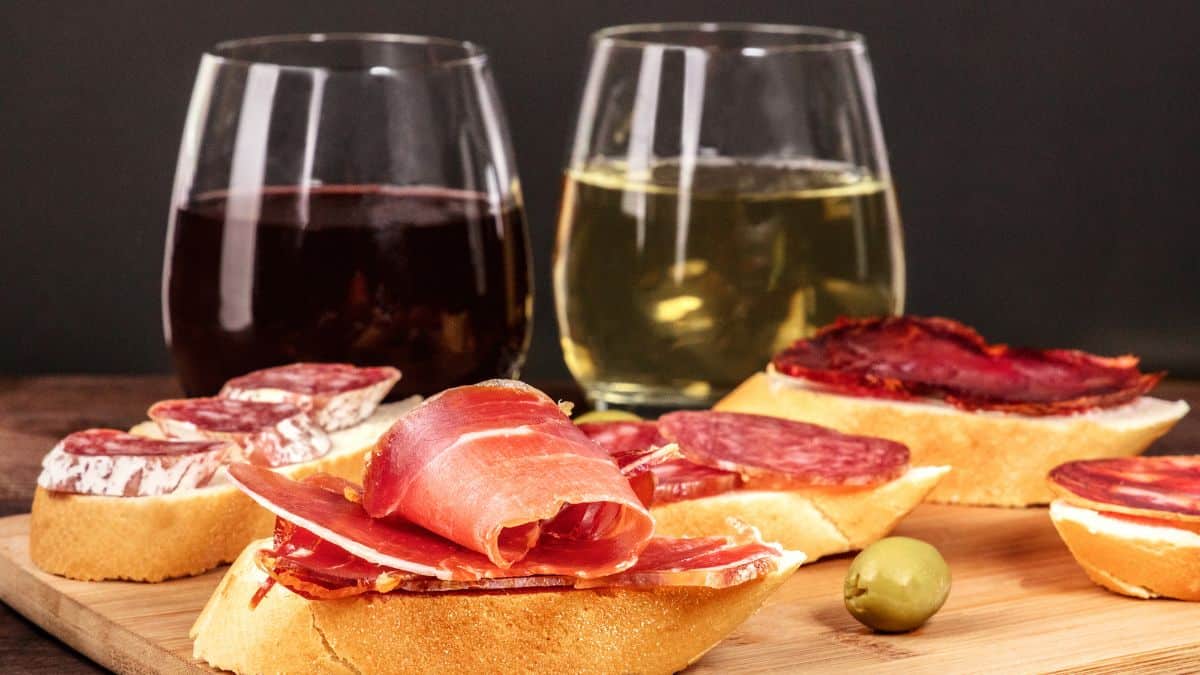
Wines with higher acidity pair well with fatty or oily dishes, as the acidity cuts through the richness. Similarly, tannic wines—those that create a drying sensation in the mouth—are best paired with protein-rich foods like red meat, as the tannins interact with the protein and fat, softening the wine’s perceived astringency.
Sweet with Sweet
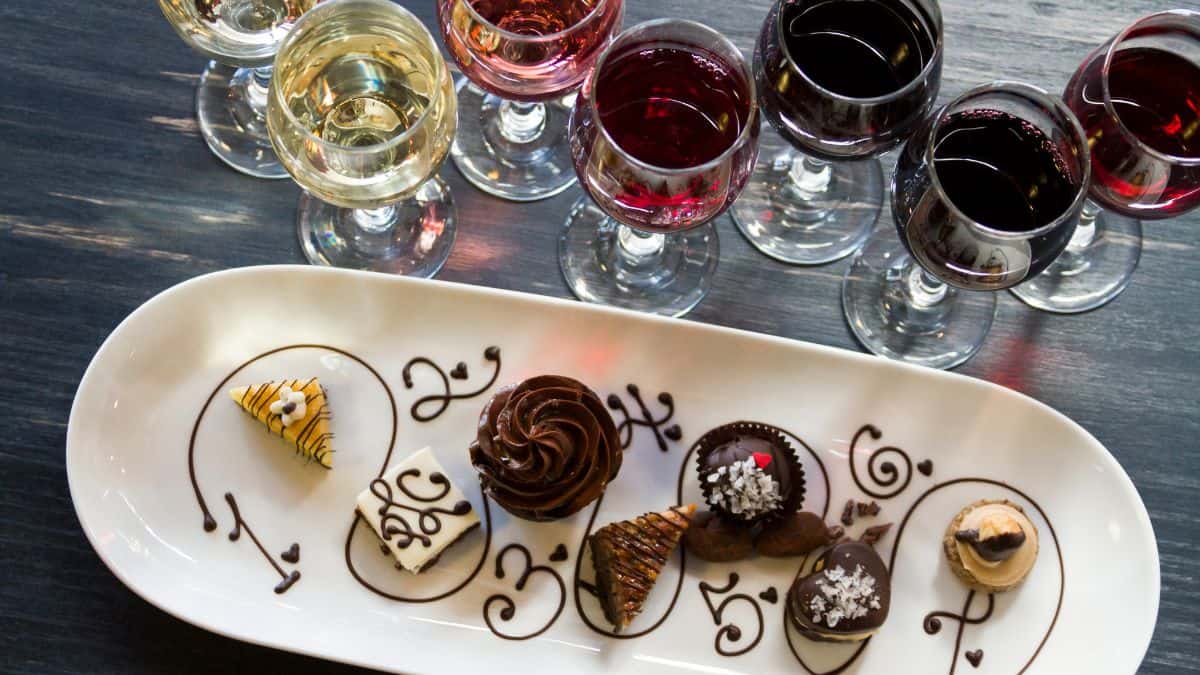
When pairing with desserts, ensure the wine is as sweet or slightly sweeter than the dish. A classic example is serving a rich chocolate dessert with a sweet Port or a honeyed Sauternes with a fruit tart. This prevents the wine from tasting too sour or bitter in comparison to the sweetness of the dessert.
Don’t Overlook Sparkling Wines
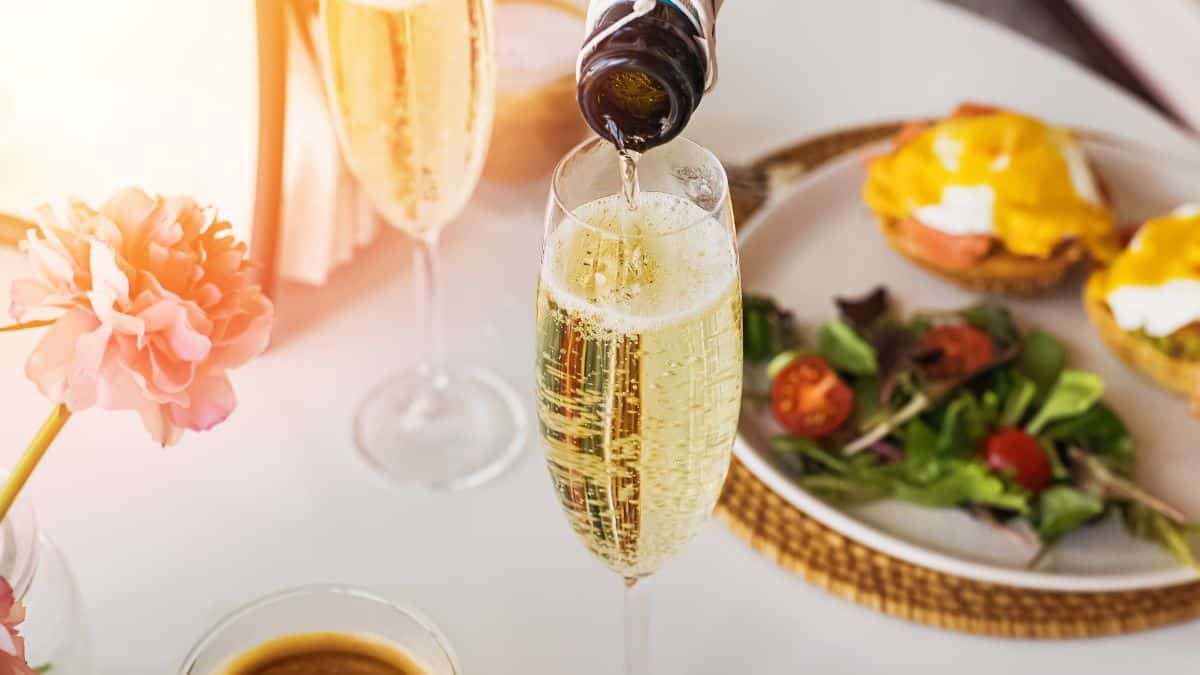
Sparkling wines are versatile and can be paired with a wide range of foods, thanks to their acidity and effervescence. They are especially good with salty, fried, or creamy dishes. The bubbles in sparkling wines can cleanse the palate, making them an excellent match for rich, fatty foods like fried chicken or creamy pasta.
Experiment with Texture
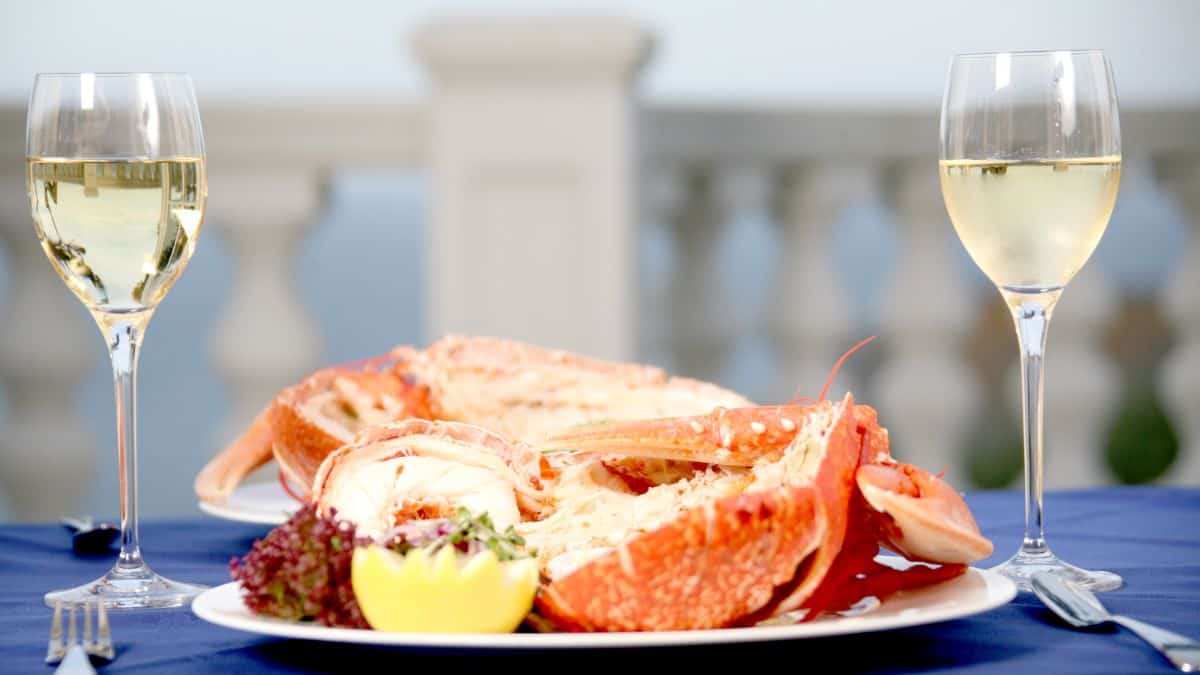
Consider the texture of both the food and wine. For example, Chardonnay complements the creamy texture of lobster with butter sauce. Similarly, the velvety texture of a Merlot can enhance the smooth, rich consistency of a dish like beef stroganoff.
Think Seasonal

Consider how the season influences your wine choices. Light wines like rosé or crisp whites may be more appealing in the summer, complementing fresh salads and grilled vegetables, while fuller-bodied reds are often favored in the winter alongside hearty stews and roasts.
Consider the Cooking Method

Different cooking methods can impact the best wine pairing. Grilled meats, with their smoky, charred flavors, pair well with bold, tannic wines, while steamed fish may be better suited to a delicate, light white wine.
Pairing by Occasion

The occasion or setting can also guide your wine choice. A special celebration might call for Champagne or a vintage wine, while a casual meal might be better paired with an approachable, easy-drinking wine that doesn’t overpower the food.
Serve Wine at the Right Temperature
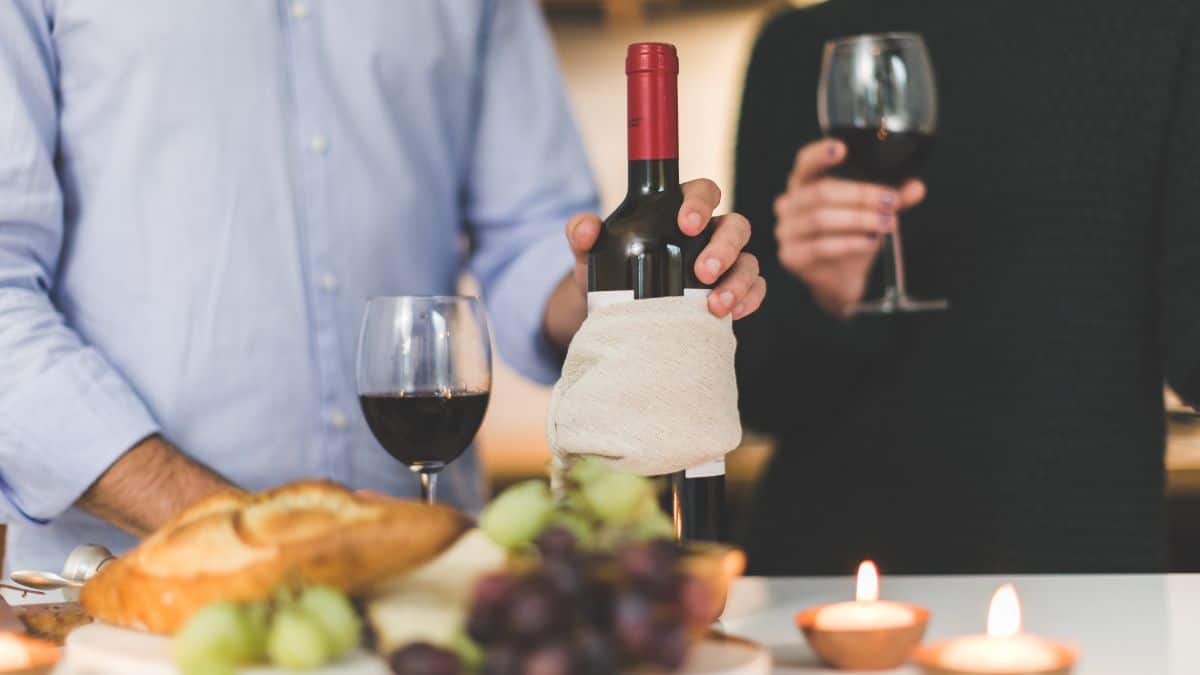
Serve wine at the appropriate temperature to enhance its pairing with food. Red wines might benefit from being slightly chilled when served with lighter dishes, while white wines should be cool but not too cold to maintain their flavors.
Wine Aging and Complexity

Aged wines, which often have more complex flavors, can pair beautifully with equally complex dishes. For example, a well-aged Bordeaux might be the perfect match for aged cheeses or a slow-cooked lamb stew, where the depth of flavor in both the wine and food complement each other.
Personal Preference Matters
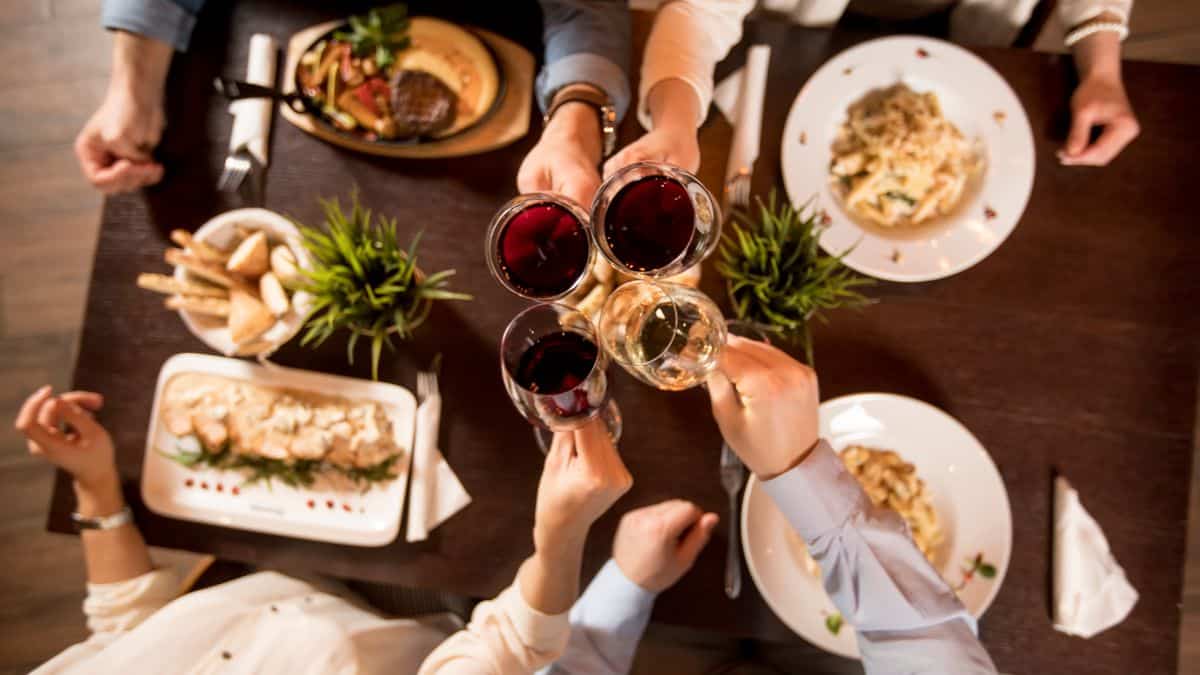
Ultimately, wine and food pairing is subjective, and personal preference plays a significant role. While guidelines can help, don’t be afraid to experiment and find what combinations you enjoy most. The best pairings are those that delight your palate, so trust your taste buds and have fun exploring different wines and dishes.

